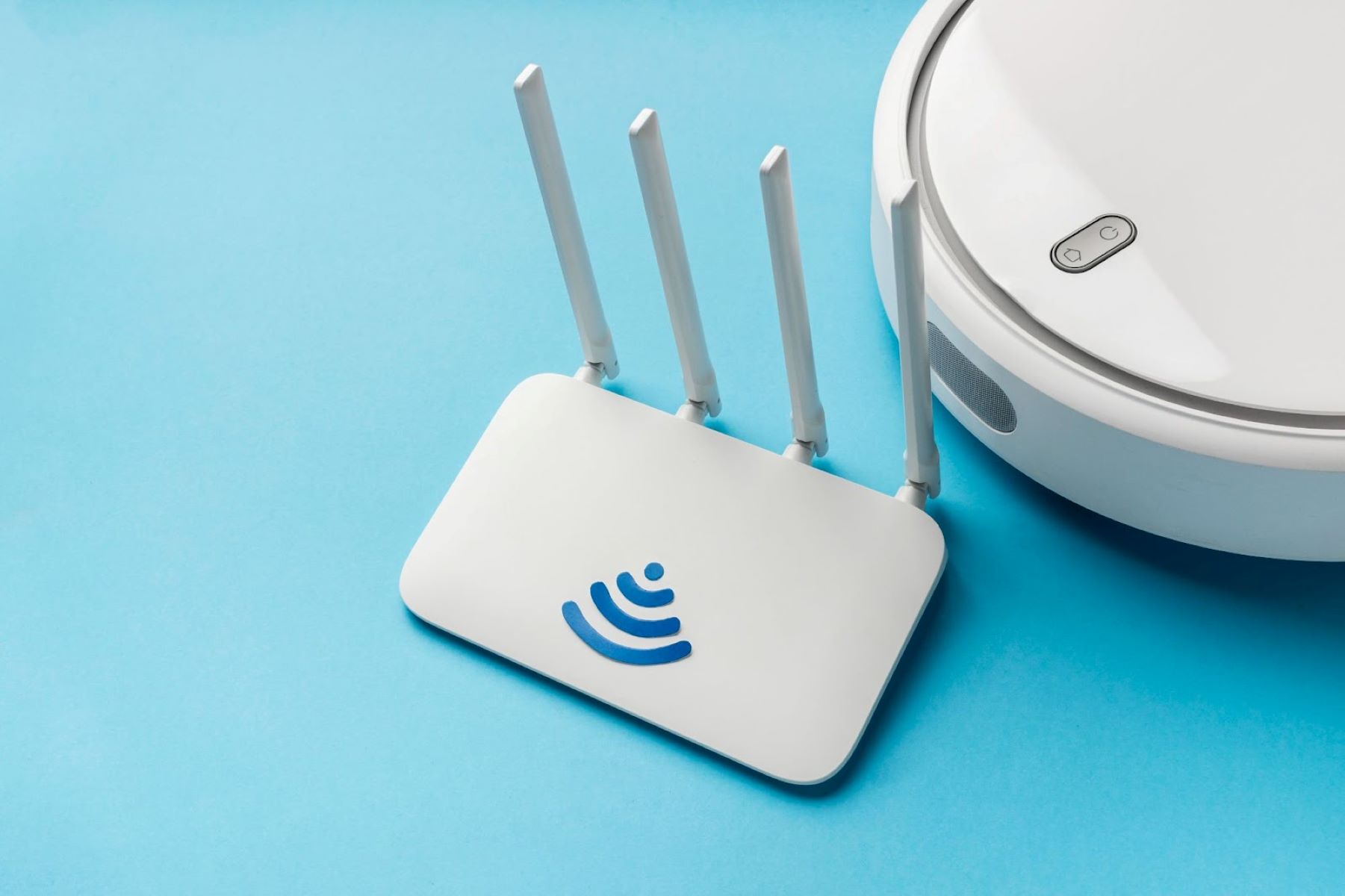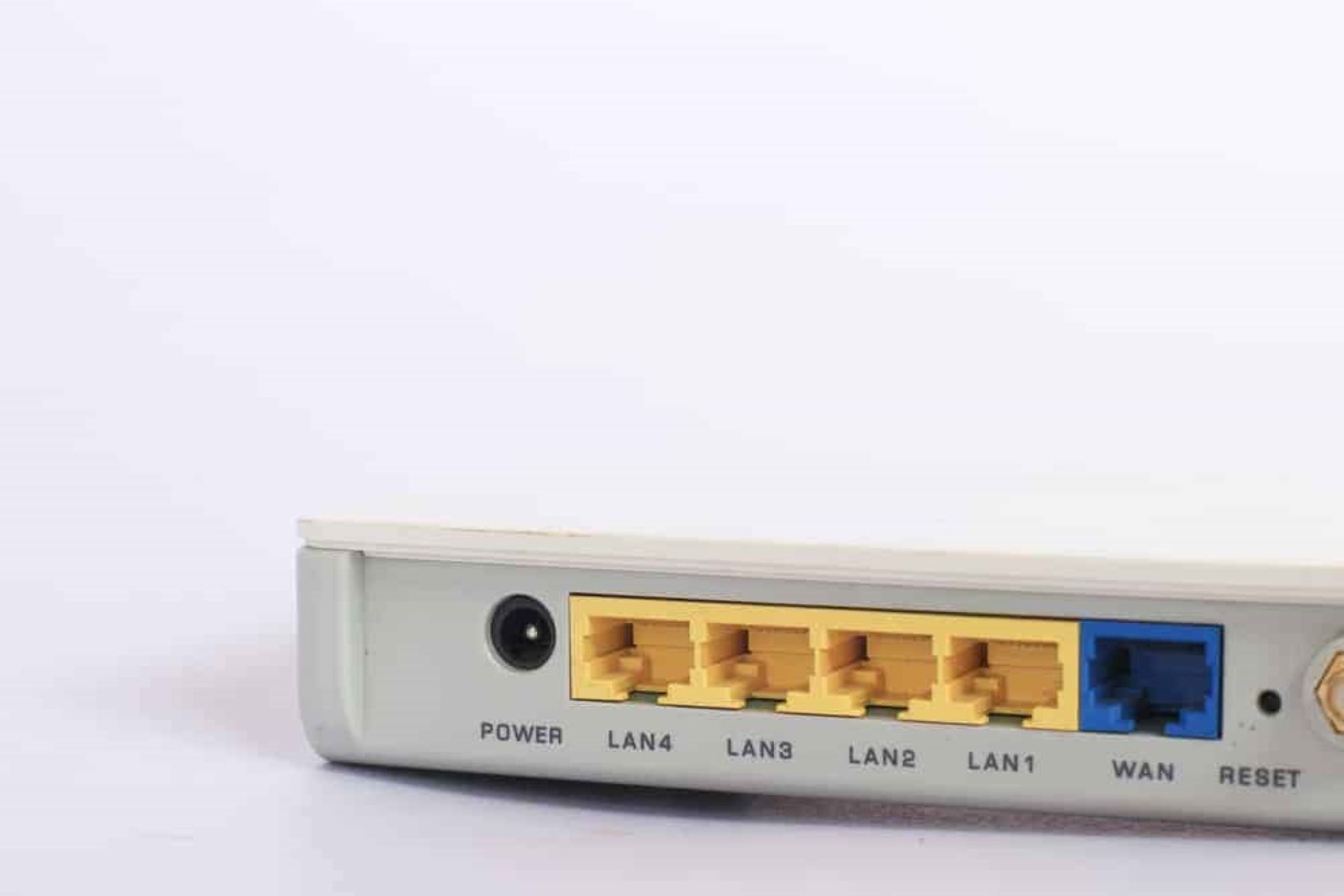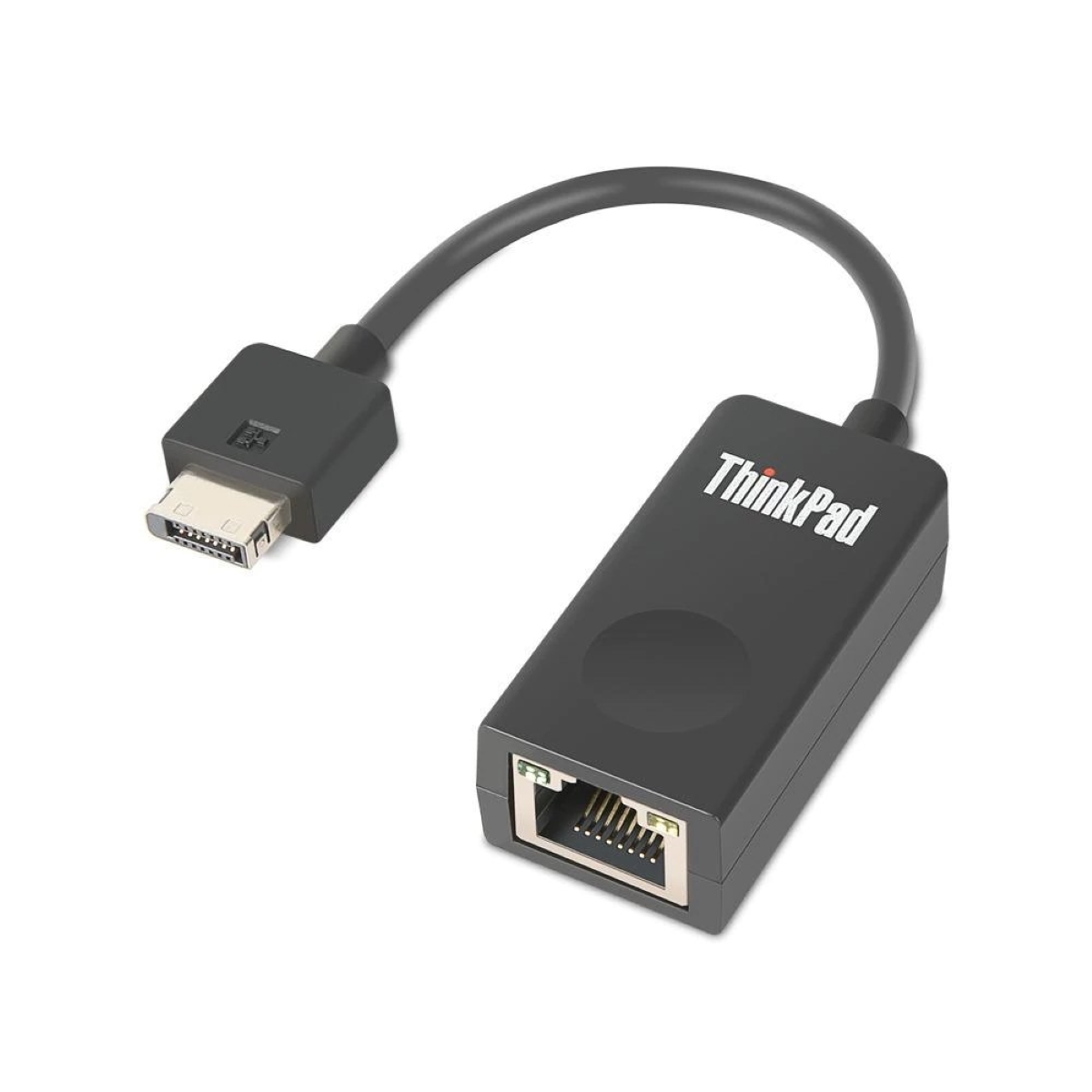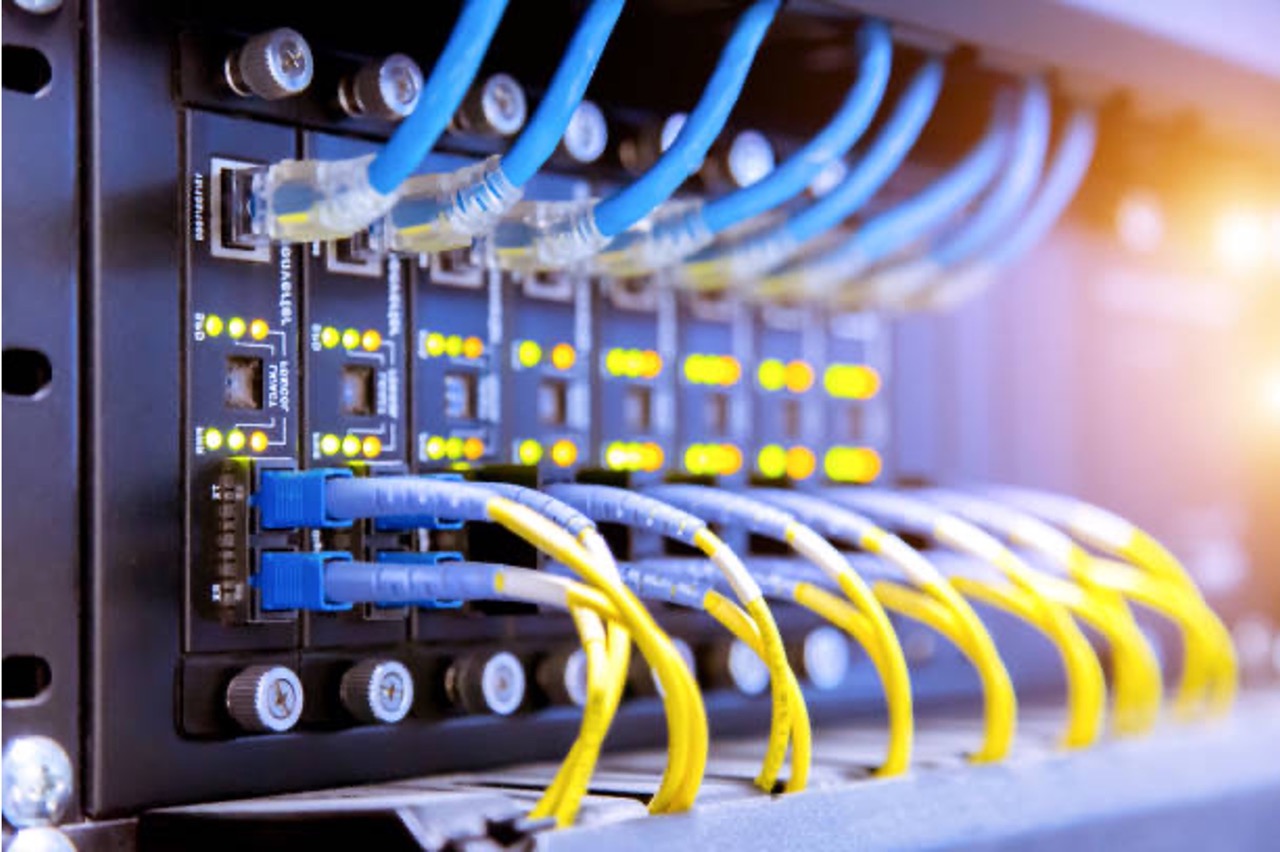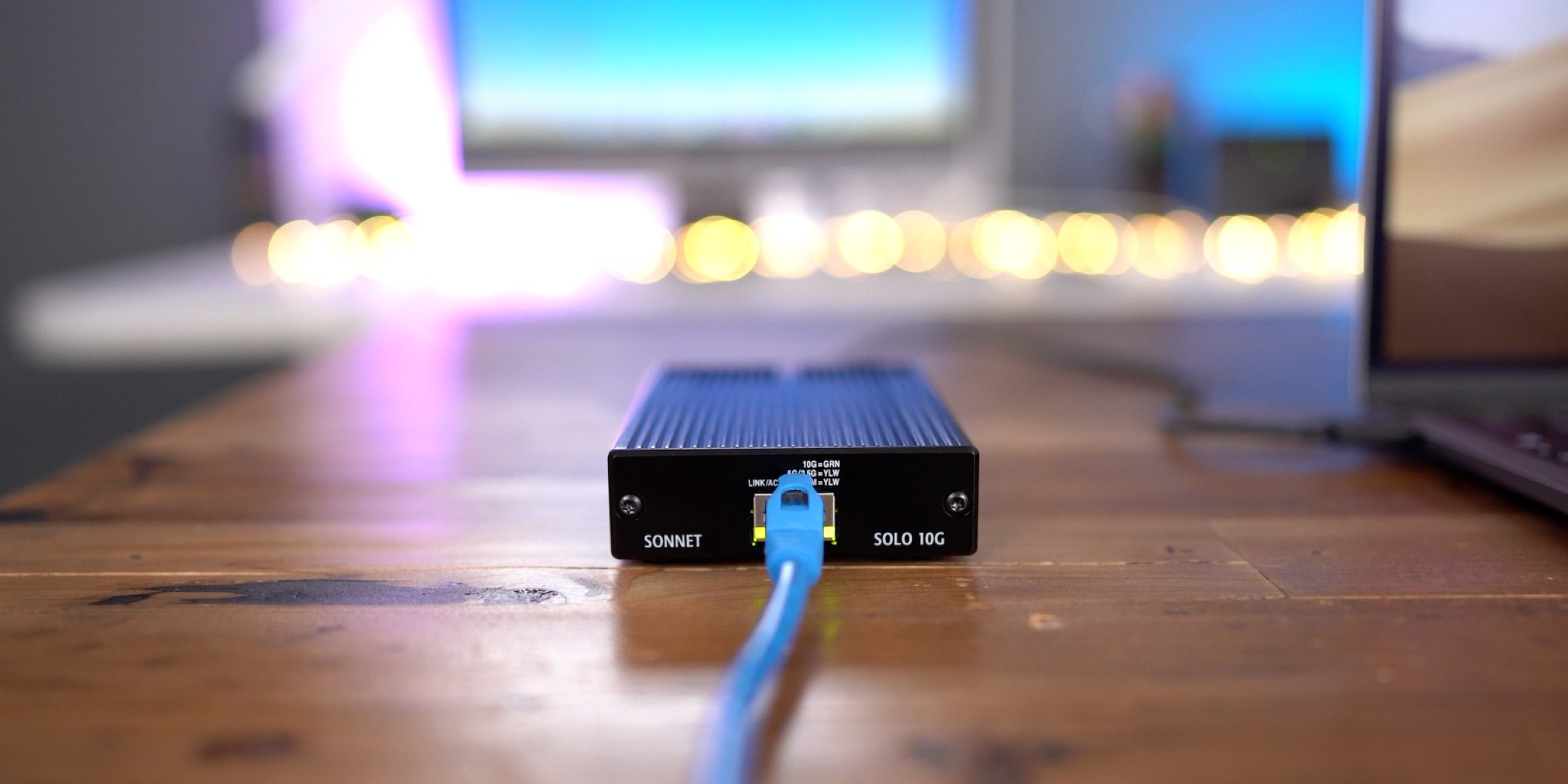Introduction
Welcome to the world of wireless local area networks (LANs), where devices seamlessly connect and communicate through the air without the need for physical cables. With the growing ubiquity of wireless technology, there is a need to monitor and capture the data frames transmitted over these wireless networks. This article explores the various devices used to capture frames on a wireless LAN, providing an insight into the tools and technologies available for network administrators and technicians.
Wireless LANs, commonly known as Wi-Fi, have revolutionized the way we connect and access information. From homes to office buildings, airports to coffee shops, wireless networks have become an essential part of our daily lives. However, with the increasing reliance on these networks, it is crucial to have the means to analyze and troubleshoot network issues, monitor traffic, and identify potential security threats.
Frame capturing in a wireless LAN refers to the process of intercepting and analyzing the data frames exchanged between wireless devices. These frames carry information such as data packets, control messages, and management frames, allowing devices to communicate and maintain a stable connection. By capturing and analyzing these frames, network administrators can gain valuable insights into network performance, diagnose connectivity issues, and ensure the security of their wireless networks.
In order to capture frames on a wireless LAN, specialized devices are required. These devices, often referred to as sniffers or monitors, are designed to intercept and analyze network traffic. Let’s explore some of the most commonly used devices for capturing frames on a wireless LAN:
What is a Wireless LAN?
A Wireless Local Area Network (LAN) is a type of computer network that allows devices to connect and communicate wirelessly within a limited geographic area. It enables the transmission of data, information, and resources between devices without the need for physical cables or wires.
Wireless LANs utilize radio waves to establish connections between devices, such as computers, smartphones, tablets, and IoT devices. These devices are equipped with wireless network interfaces that enable them to send and receive data over the airwaves.
One of the key advantages of a Wireless LAN is its flexibility and convenience. Users can connect to the network from anywhere within the coverage area, eliminating the need for physical connections and allowing for easy mobility. This makes wireless LANs an ideal choice for settings such as homes, offices, schools, airports, and public spaces.
A typical Wireless LAN consists of two main components: wireless access points (APs) and client devices. The access points act as central hubs or entry points that facilitate the connection between client devices and the network infrastructure. They transmit and receive data between the wireless devices and the wired network.
Client devices, on the other hand, are the devices that connect to the wireless network. These can include laptops, smartphones, tablets, printers, and other IoT devices that are equipped with wireless capabilities. They communicate with the access points to establish a connection and exchange data.
Wireless LANs support various wireless technologies, such as Wi-Fi (Wireless Fidelity), which is the most commonly used wireless standard. Wi-Fi operates within specific frequency bands, such as 2.4 GHz and 5 GHz, and provides high-speed wireless connectivity for data transmission.
Overall, Wireless LANs offer a convenient and efficient solution for connecting devices wirelessly. They provide flexibility, mobility, and scalability, making them an essential part of our modern digital world.
What is Frame Capturing?
Frame capturing in the context of a wireless LAN refers to the process of intercepting and capturing the data frames that are exchanged between devices on the network. These frames contain valuable information that allows devices to communicate and transmit data over the wireless network.
Frames are the fundamental units of data transmission in a wireless LAN. They carry various types of information, including data packets, control messages, and management frames. For example, when you send an email or stream a video over a wireless network, that information is broken down into data packets and encapsulated within frames for transmission.
Frame capturing is crucial for several reasons. Firstly, it enables network administrators and technicians to analyze network traffic and monitor the performance of the wireless LAN. By capturing and inspecting frames, they can gather valuable insights into network behavior, identify bottlenecks, and optimize network performance.
In addition to performance analysis, frame capturing is also essential for troubleshooting network issues. When users experience connectivity problems or slow internet speeds, capturing frames can help identify the source of the problem. Technicians can examine the captured frames to pinpoint any errors, interference, or misconfigurations that may be affecting network connectivity.
Furthermore, frame capturing plays a vital role in ensuring the security and integrity of a wireless LAN. By analyzing captured frames, network administrators can detect and prevent unauthorized access, intrusion attempts, or malicious activities on the network. They can identify unusual patterns, suspicious behavior, or abnormal traffic that may indicate a security breach.
There are several methods and tools available for capturing frames on a wireless LAN. These include network analyzers, packet sniffers, and wireless intrusion detection systems (WIDS). These devices or software applications intercept and capture frames for analysis, providing insights into network performance, troubleshooting, and security.
Overall, frame capturing is a powerful technique for understanding and optimizing the functioning of a wireless LAN. Whether it’s for performance analysis, troubleshooting, or ensuring network security, capturing frames allows network administrators to gain valuable information about the network and take appropriate measures to enhance its efficiency and reliability.
Devices Used to Capture Frames on a Wireless LAN
In order to capture frames on a wireless LAN, specialized devices are required. These devices are designed to intercept and capture the data frames transmitted over the wireless network for analysis and troubleshooting purposes. Let’s explore some of the most commonly used devices for capturing frames on a wireless LAN:
1. Network Analyzers: Network analyzers, also known as protocol analyzers or packet analyzers, are powerful devices used to capture and analyze network traffic. They can intercept frames on a wireless LAN and provide detailed insights into the network performance, protocol usage, and packet level information. Network analyzers often come with advanced features like filtering, capturing specific protocols, and generating detailed reports for network analysis.
2. Packet Sniffers: Packet sniffers, also referred to as network sniffers or packet analyzers, are software or hardware tools that capture and analyze network traffic, including frames on a wireless LAN. Packet sniffers can intercept frames and provide a detailed breakdown of the captured data packets, allowing network administrators to analyze network performance, troubleshoot connectivity issues, and identify potential security threats. Popular packet sniffing software includes Wireshark, tcpdump, and Microsoft Network Monitor.
3. Wireless Intrusion Detection Systems (WIDS): Wireless Intrusion Detection Systems (WIDS) are specialized devices that monitor wireless networks for unauthorized access and potential security threats. WIDS can capture frames on a wireless LAN and analyze them for anomalies, such as rogue devices, unauthorized connection attempts, or suspicious network behavior. These devices can trigger alerts or take proactive measures to mitigate security risks and protect the wireless network from malicious attacks.
4. Wireless Network Adapters with Monitoring Mode: Some wireless network adapters have a built-in monitoring mode that allows them to operate in a promiscuous mode. This mode enables the adapter to capture frames on a wireless LAN without being associated with a specific network. Network administrators can use these wireless adapters along with packet sniffing software to capture and analyze network traffic on the wireless LAN.
5. Wireless Access Points with Packet Capture Functionality: Some advanced wireless access points have a built-in packet capture functionality that allows network administrators to capture frames directly from the access point itself. These access points can be configured to capture frames on specific channels, SSIDs, or capture all traffic passing through the access point. This feature enables network administrators to capture and analyze network traffic without the need for additional devices.
These are just a few examples of the devices used to capture frames on a wireless LAN. Each device offers unique features and capabilities to capture and analyze network traffic, providing valuable insights for network administrators and technicians.
Network Analyzers
Network analyzers, also known as protocol analyzers or packet analyzers, are powerful devices used to capture and analyze network traffic, including frames on a wireless LAN. These devices play a vital role in monitoring and troubleshooting the performance of wireless networks. Let’s explore the features and benefits of network analyzers:
1. Capture and Analysis: Network analyzers are designed to intercept and capture frames on a wireless LAN. They capture packets of data and analyze them at various levels, including the physical, data link, network, and transport layers. By capturing frames, network analyzers provide detailed insights into network performance, protocol usage, and behavior of devices on the network.
2. Real-Time Monitoring: Network analyzers offer real-time monitoring capabilities, allowing network administrators to observe network traffic as it happens. This enables them to identify potential issues, bottlenecks, or abnormal behavior in the network. Real-time monitoring is particularly useful for troubleshooting connectivity problems or identifying potential security threats in a wireless LAN.
3. Filtering and Capture Options: Network analyzers provide filtering options that allow network administrators to focus on specific types of frames or protocols of interest. This feature helps reduce the amount of captured data and allows for more targeted analysis. Additionally, network analyzers offer various capture options, such as capturing frames based on specific criteria like source or destination IP address, MAC address, or protocol type.
4. Protocol Analysis: Network analyzers have built-in protocol decoders that can interpret and analyze different types of network protocols. This includes protocols specific to wireless LANs, such as Wi-Fi (802.11) protocols. By decoding protocols, network analyzers can provide detailed information about the structure, headers, and contents of captured frames, allowing network administrators to understand how devices communicate and exchange data over the network.
5. Reporting and Visualization: Network analyzers often provide reporting and visualization features that allow network administrators to present captured data in a more meaningful way. This can include generating graphs, charts, statistics, and summary reports based on the captured frames. These visual representations help in identifying patterns, spotting anomalies, and conveying network performance information to stakeholders.
Overall, network analyzers are essential tools for capturing and analyzing frames on a wireless LAN. They provide network administrators with valuable insights into network performance, protocol usage, and potential security threats. With their real-time monitoring capabilities and advanced analysis features, network analyzers are invaluable for maintaining and optimizing wireless networks.
Packet Sniffers
Packet sniffers, also known as network sniffers or packet analyzers, are software or hardware tools used to capture and analyze network traffic, including frames on a wireless LAN. These tools play a crucial role in monitoring and troubleshooting network performance, as well as diagnosing connectivity issues. Let’s explore the features and benefits of packet sniffers:
1. Capture Network Traffic: Packet sniffers are designed to capture and intercept data packets, including frames, as they traverse the network. They capture packets in real-time or by capturing packets from a previously saved file. Packet sniffers can capture and analyze packets on both wired and wireless networks, giving network administrators a comprehensive view of network traffic.
2. Analyze Packet Contents: Once packets are captured, packet sniffers can analyze the contents of each packet, including the headers, payload, and any embedded protocols. This enables network administrators to extract valuable information from the packets, such as source and destination IP addresses, MAC addresses, protocol types, and payload data. Analyzing packet contents helps diagnose network performance issues and troubleshoot connectivity problems.
3. Filter and Capture Options: Packet sniffers provide filtering options that allow network administrators to focus on specific types of packets or protocols of interest. Administrators can set filters based on source or destination IP addresses, ports, protocol types, or other criteria. This filtering capability helps reduce the amount of captured data and allows for more targeted analysis.
4. Protocol Decoding: Packet sniffers often come with built-in protocol decoders that can interpret and decode different network protocols. This includes common protocols used in wireless LANs, such as TCP/IP, HTTP, DNS, and more. By decoding protocols, packet sniffers provide network administrators with a detailed view of how devices communicate and exchange data over the network.
5. Visualize and Analyze Data: Packet sniffers offer visualization and data analysis tools that help network administrators identify patterns, anomalies, and trends in network traffic. These tools include charts, graphs, statistics, and summary reports based on captured packets. Visualization features enable network administrators to quickly pinpoint performance issues, identify potential security threats, and make data-driven decisions to optimize the network.
Packet sniffers are valuable tools for capturing and analyzing frames on a wireless LAN. They provide network administrators with real-time insights into network traffic, help diagnose network performance issues, and troubleshoot connectivity problems efficiently. With their filtering options, protocol decoding capabilities, and visualization tools, packet sniffers are essential for maintaining and optimizing wireless networks.
Wireless Intrusion Detection Systems (WIDS)
Wireless Intrusion Detection Systems (WIDS) are specialized devices used to monitor wireless networks for unauthorized access and potential security threats. WIDS play a critical role in protecting the integrity and security of a wireless LAN. Let’s explore the features and benefits of Wireless Intrusion Detection Systems:
1. Intrusion Detection: WIDS devices are designed to detect and prevent unauthorized access or intrusion attempts on a wireless network. They monitor network activity and analyze captured frames to identify any suspicious behavior or unauthorized devices within the network. This helps network administrators take proactive measures to mitigate security risks and ensure the network remains secure.
2. Rogue Device Detection: WIDS devices can detect and identify rogue devices within a wireless network. Rogue devices are unauthorized devices that attempt to connect to the network or interfere with network activities. By capturing and analyzing frames, WIDS devices can detect these rogue devices and send notifications to network administrators, allowing them to promptly investigate and disable any unauthorized connections.
3. Anomaly Detection: WIDS devices continuously monitor network traffic and analyze frames for any abnormal behavior or patterns. This includes detecting unusual data volumes, irregular connection attempts, or suspicious network activity. By identifying anomalies in real-time, WIDS devices can raise alerts or take automated actions to mitigate potential security threats to the wireless network.
4. Security Policy Enforcement: WIDS devices help enforce security policies within a wireless LAN. Administrators can define and implement security policies specific to their network environment, such as prohibiting certain devices, blocking specific protocols, or enforcing encryption standards. WIDS devices actively monitor network traffic to ensure compliance with these security policies and take corrective actions when violations occur.
5. Compliance Monitoring: WIDS devices also assist in compliance monitoring for wireless networks. They can capture and retain frames that contain critical information, helping network administrators meet regulatory requirements and maintain audit trails. This can be vital in industries with specific compliance obligations, such as healthcare, finance, or government sectors.
Overall, Wireless Intrusion Detection Systems (WIDS) are crucial for maintaining the security and integrity of wireless LANs. By detecting unauthorized access, identifying rogue devices, and enforcing security policies, WIDS devices play a proactive role in ensuring a secure wireless network environment. With their anomaly detection capabilities and compliance monitoring features, WIDS devices provide network administrators with the tools needed to monitor, identify, and respond to potential security threats to the wireless network.
Conclusion
Wireless local area networks (LANs) have become an integral part of our modern digital landscape, providing convenience, mobility, and flexibility. As the reliance on wireless networks continues to grow, the need to monitor, capture, and analyze frames on these networks becomes increasingly important. Several devices and tools are available to facilitate this process.
Network analyzers, packet sniffers, and wireless intrusion detection systems (WIDS) are among the most commonly used devices to capture frames on a wireless LAN. Network analyzers offer extensive capabilities for capturing and analyzing network traffic, providing valuable insights into network performance and behavior. Packet sniffers, with their ability to capture and interpret packet contents, aid in troubleshooting and diagnosing connectivity issues. WIDS devices play a crucial role in ensuring the security of wireless LANs by detecting unauthorized access, rogue devices, and potential security threats.
Each of these devices brings its unique features and benefits to the table, empowering network administrators and technicians to optimize network performance, troubleshoot connectivity issues, and enhance overall security. With their capabilities in real-time monitoring, protocol decoding, filtering, and analysis, these devices offer valuable tools for maintaining robust and reliable wireless networks.
It is important for network administrators to choose the most suitable device or combination of devices based on their specific needs and requirements. Whether it’s capturing frames for network analysis, troubleshooting connectivity issues, or ensuring wireless network security, these devices provide the necessary tools and insights to maintain highly efficient and secure wireless LANs.
In conclusion, the proper utilization of devices for capturing frames on a wireless LAN plays a critical role in optimizing performance, diagnosing issues, and securing wireless networks. Network administrators must stay knowledgeable about the capabilities and features offered by these devices to make informed decisions and ensure the seamless operation of their wireless networks.







